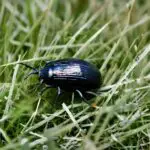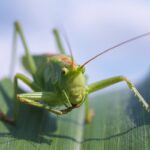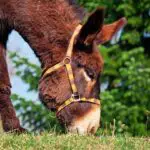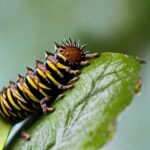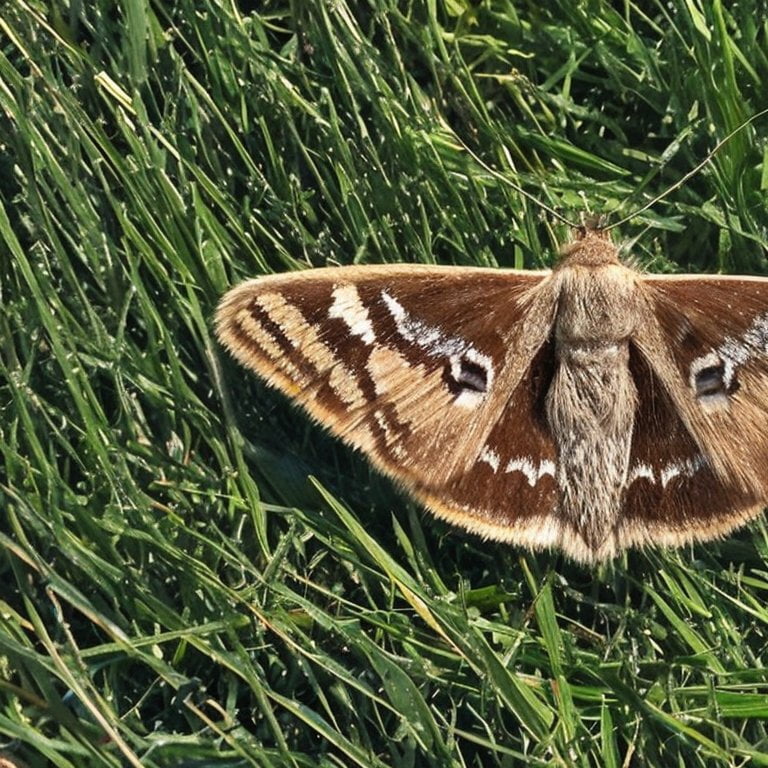
Moths are a diverse group of insects that belong to the order Lepidoptera, which also includes butterflies. While moths are generally known to feed on nectar and other plant fluids, some species also feed on other materials such as pollen, fruit juice, and even other insects. (See Are Butterflies Herbivores?)
However, the question of whether moths eat grass specifically is a bit more complex.

Most moths are not known to eat grass, as the majority of their diet consists of nectar or other plant fluids. However, some species of moths do feed on grass, but typically only as larvae. The larval stage of moths, also known as caterpillars, are the stage of development where they are actively feeding and growing.
Some species of moths, such as the army cutworm, are known to feed on grass as caterpillars. They are generalist feeders and eat a wide variety of plants, including grass, alfalfa, clover, and other broad-leaved plants. (See more at Are Caterpillars Herbivores or Omnivores? Examining the Diet of Caterpillars)
Another type of moth known to feed on grass is the grass moth. The larvae of this species are known to feed on a variety of grasses, including Bermuda, fescue, and bluegrass. They also feed on other plants such as clover, and can cause significant damage to lawns and other grassy areas.
Sod webworms are the larvae of lawn moths. They feed on the foliage of grasses, causing damage to lawns and other turf areas. They can be difficult to control, as they often feed at night and are well-hidden in the thatch of a lawn. Chemical pesticides can be used to control sod webworms, but it is important to properly identify the pest and follow all application instructions. Cultural practices, such as proper mowing and fertilization, can also help to keep sod webworm populations in check.
It is also worth noting that while many adult moths do not eat grass, they may still be found in grassy habitats where they lay their eggs. The eggs, when they hatch, will become caterpillars and they are the ones who will feed on the grass.
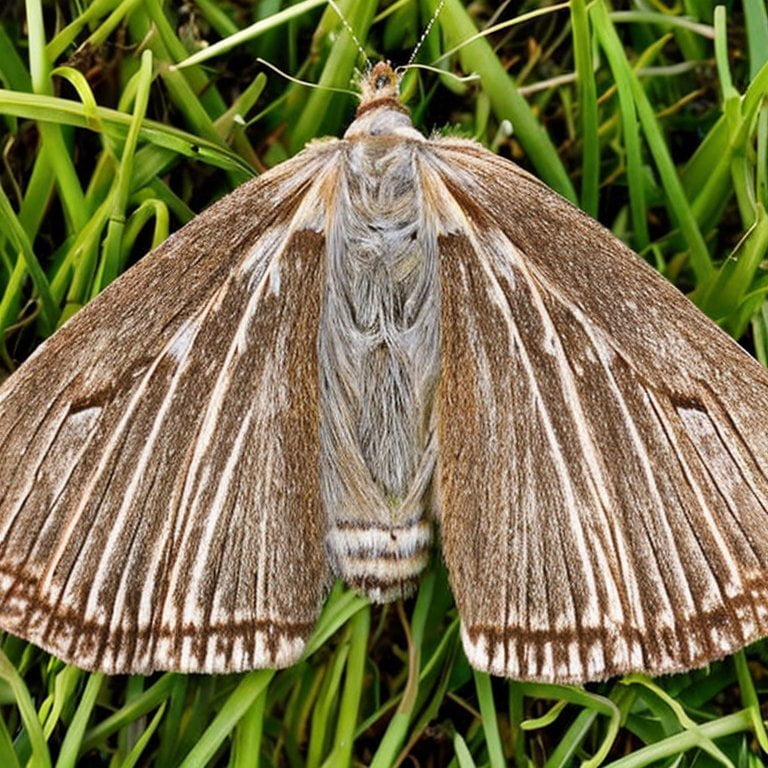
In addition, some moths are considered pests because they feed on the leaves and stems of grasses, causing damage to crops and lawns. For example, the army cutworm is known to be a pest of wheat and barley crops, as well as lawns and other turf grasses. The fall armyworm, which is known to feed on corn, also occasionally feeds on grasses.
In conclusion, while most adult moths do not feed on grass, some species of moths, such as army cutworm and grass moth, do feed on grass as caterpillars. These species can cause significant damage to lawns and other grassy areas.
Additionally, moths can also be found in grassy habitats where they lay their eggs, and the eggs will become caterpillars that will feed on the grass. It’s important to mention that not all moths are pests, many of them play an important role in the ecosystem as pollinators and as a food source for other animals.
(See also: Do Insects Eat Grass?)
Lance has been passionate about the plant-based diet and we have been following a whole food plant-based diet for over 5 years. We focus on health, natural healing, weight management, animal rights, and the health of the planet and environment by focusing on whole plant-based foods and sustainable practices.
Learn more at the About Me page and follow on social media at the links below.


